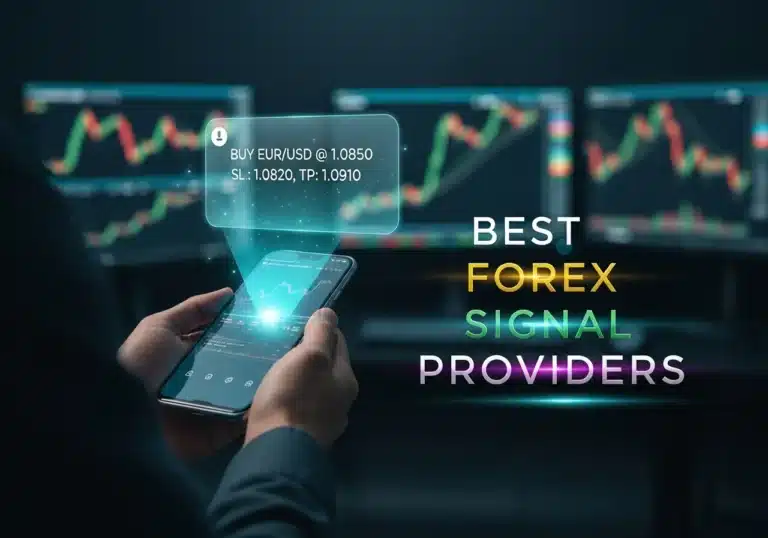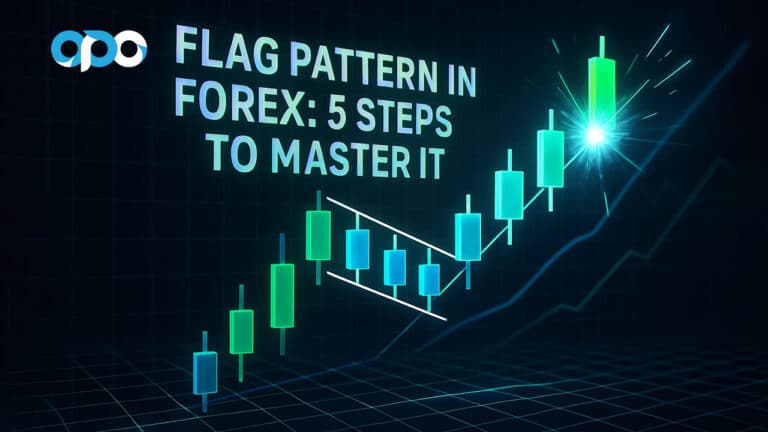Yes, Forex trading can be a legitimate side hustle, but it’s not a shortcut to easy money. It’s a venture that demands real education, a solid strategy, and disciplined risk management. To succeed, you need to treat it like a business, not a lottery ticket. Partnering with a regulated forex broker is your first critical step. In this guide, we’ll break down everything you need to know: how to start part-time, what income is realistic, the strategies that work for busy schedules, and the unfiltered truth about the risks involved.

Key Takeaways
- Viable but Demanding: Forex is a viable side hustle for the educated and disciplined, not a get-rich-quick scheme.
- Education First: Never skip learning. Understanding terms like pips, leverage, and spreads is non-negotiable.
- Practice is Mandatory: Always start with a demo account to test your strategy and learn the platform without risking real capital.
- Strategy is Key: Your success depends on a well-defined trading plan that outlines your style, risk tolerance (1-2% rule), and entry/exit points.
- Part-Time Friendly Methods: Strategies like swing trading or focusing on specific high-volume market sessions are ideal for those with limited time.
- Risk Management is Everything: Leverage is a double-edged sword that can amplify both gains and losses. Without strict risk control, you will lose money.
- Realistic Income: Aiming for a consistent 3-5% monthly return is a strong, sustainable goal for a forex side hustle income. Forget about overnight riches.
What is Forex Trading and Why is it Popular?

Before we dive deep, let’s clear up what we’re talking about. The Foreign Exchange market, or Forex (FX), is the global marketplace where national currencies are traded. Think of it as the largest, most dynamic financial market in the world. When you hear about the Euro gaining against the US Dollar, that movement is happening on the Forex market. Its sheer scale is mind-boggling, with over $7.5 trillion traded on an average day. This immense volume creates high liquidity, meaning you can typically buy or sell currencies almost instantly. For anyone looking at forex as a side hustle, its most compelling feature is its accessibility. The market operates 24 hours a day, five days a week, starting in Sydney, moving to Tokyo, London, and finally New York. This 24/5 nature means you can trade around your primary job, whether you’re an early bird or a night owl.
Read More: How Much Can a Beginner Forex Trader Make?
Is Forex a Good Side Hustle? A Brutally Honest Look
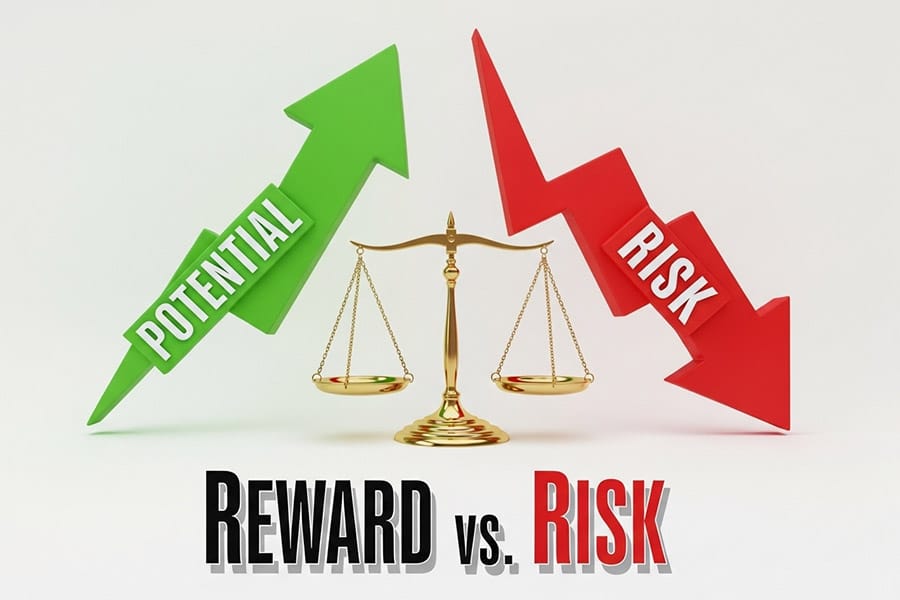
This is the million-dollar question, isn’t it? The honest answer is: it depends entirely on you. Forex trading is not like driving for a rideshare app or freelancing, where you trade time for a predictable amount of money. It is a performance-based endeavor. The potential for a significant forex side hustle income is very real, which is what draws so many people in. However, the potential for significant losses is just as real, if not more so for the unprepared. Many people are lured by flashy ads showing lavish lifestyles, but this is a dangerous misrepresentation. The reality is that success requires a blend of analytical skill, emotional discipline, and a deep respect for risk. It’s a serious undertaking that can be incredibly rewarding for those who approach it with the right mindset and education. To put it plainly, if you’re looking for fast, easy money, this isn’t it. But if you’re willing to learn a new skill and manage your capital intelligently, it can be a powerful wealth-building tool.
| Pros of Forex as a Side Hustle | Cons of Forex as a Side Hustle |
|---|---|
| High Accessibility: Trade anytime, anywhere with an internet connection. | High Risk of Loss: A significant majority of beginners lose money. |
| Low Entry Barrier: You can start with a relatively small amount of capital. | Steep Learning Curve: Requires significant time for education and practice. |
| High Liquidity: Easily enter and exit trades due to massive volume. | Emotional and Psychological Stress: Dealing with losses can be very challenging. |
| Scalable Income Potential: Your earnings can grow as your account and skills grow. | Leverage is a Double-Edged Sword: Can amplify losses just as quickly as gains. |
Step-by-Step Guide to Starting Your Forex Side Hustle
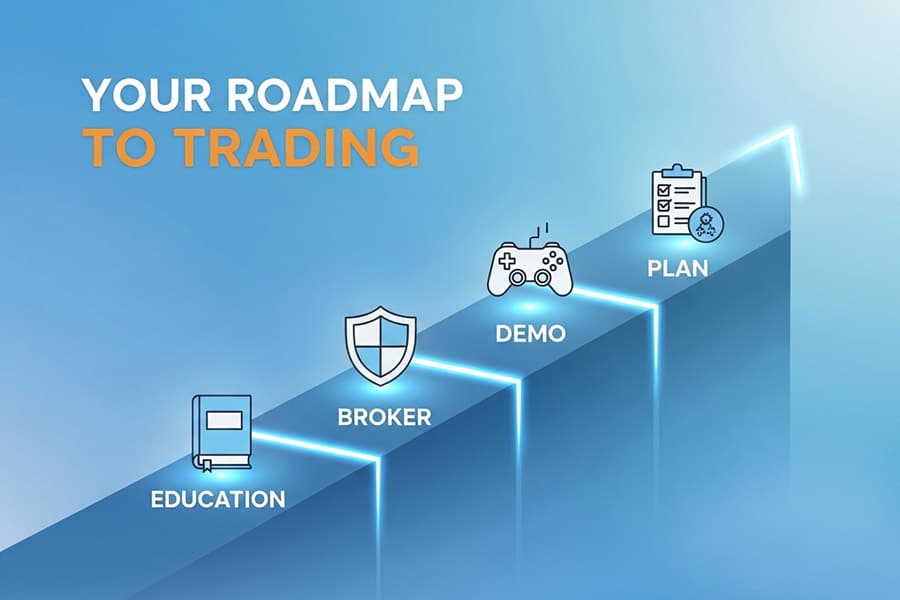
Embarking on your journey into forex as a side hustle requires a structured approach. Winging it is a recipe for disaster. Think of this as launching a small business—you need a plan, the right tools, and a clear understanding of the landscape before you even think about making your first transaction. The steps below provide a clear, actionable roadmap designed to build a solid foundation for part-time trading.
Step 1: Foundational Forex Education (Don’t Skip This!)
I cannot stress this enough: education is your most valuable asset. The market preys on ignorance. Before you risk a single dollar, you must commit to learning the language and mechanics of Forex. This isn’t about becoming a PhD in economics, but about understanding the core concepts that govern market movements and trading itself. This is the single most important step in determining whether this becomes a profitable forex side hustle or a frustrating and costly mistake.
Key Terminology
You’ll encounter a lot of jargon. Don’t be intimidated. Focus on understanding these essentials first:
- Pip: Short for “Percentage in Point,” a pip is the smallest price move that a given exchange rate can make. It’s how you measure your profits and losses. For most currency pairs, one pip is equal to 0.0001.
- Lot Size: This refers to the size of your trade. A standard lot is 100,000 units of the base currency, but brokers offer mini (10,000) and micro (1,000) lots, which are essential for beginners managing a smaller account.
- Leverage: This is a loan from your broker that allows you to control a large position with a small amount of capital. For example, 100:1 leverage means you can control a $100,000 position with just $1,000. It magnifies profits and, crucially, losses.
- Spread: This is the difference between the buy (ask) price and the sell (bid) price of a currency pair. It’s the primary cost of trading and how most brokers make their money.
- Margin: This is the amount of money you need in your account to open and maintain a leveraged trade. It’s not a fee, but a security deposit held by the broker.
Market Movers
Currency prices don’t move randomly. They are influenced by a variety of economic and geopolitical factors. Understanding these drivers is key to forming a trading bias (i.e., whether you think a currency will go up or down).
- Central Banks: Institutions like the Federal Reserve (USA) or the European Central Bank (ECB) have the most significant impact. Their decisions on interest rates, in particular, can cause massive volatility. Higher interest rates generally make a currency more attractive.
- Economic Data: Key reports like the Gross Domestic Product (GDP), inflation rates (CPI), and employment numbers (like the U.S. Non-Farm Payrolls report) provide a snapshot of a country’s economic health and heavily influence currency values.
- Geopolitical Events: Elections, political instability, trade disputes, and conflicts can create uncertainty and cause investors to flock to “safe-haven” currencies like the US Dollar, Swiss Franc, or Japanese Yen.
Step 2: Choosing a Reliable Forex Broker
Your broker is your partner in this venture. They provide the platform, tools, and access to the market. Choosing the right one is critical for your security and trading success. An unreliable or unregulated broker can lead to lost funds, unfair trading conditions, and immense frustration. This is a business decision, so treat it with the seriousness it deserves.
Broker Checklist
When evaluating brokers for your forex side hustle, use this checklist:
- Regulation: This is non-negotiable. Ensure the broker is regulated by a top-tier authority like the Australian Securities and Investments Commission (ASIC), the Financial Conduct Authority (FCA) in the UK, or the Cyprus Securities and Exchange Commission (CySEC) in Europe. Regulation provides a safety net for your funds.
- Low Spreads & Fees: The spread is a trading cost. Lower spreads mean more of the profit stays in your pocket. Also, check for any hidden fees like deposit/withdrawal charges or inactivity fees.
- Platform Stability: Most of the retail trading world runs on MetaTrader 4 (MT4) or MetaTrader 5 (MT5). These are robust, reliable platforms. Ensure the broker’s servers are stable to avoid costly disconnections during volatile periods.
- Demo Accounts: A good broker will offer a free, unlimited demo account. This is your training ground and an essential tool for practicing your strategy without financial risk.
Step 3: Open a Demo Account: Practice Without Risk
Once you’ve chosen a broker, your immediate next step is to open a demo account. I tell every aspiring trader I meet the same thing: do not deposit real money until you have been consistently profitable on a demo account for at least two to three months. A demo account simulates the live market using virtual funds. It’s the perfect environment to:
- Learn Your Platform: Get comfortable with placing orders, setting stop-losses and take-profits, and using analytical tools on MT4 or MT5.
- Test Your Trading Plan: See how your strategy performs under real market conditions. Does it hold up during news events? Is it practical for your schedule?
- Experience Volatility: Witnessing how quickly prices can move will teach you a level of respect for the market that you can’t get from a book.
- Build Discipline: Practice following your rules without the emotional pressure of real money being on the line. This is harder than it sounds.
Treat your demo account seriously. Use the same amount of virtual capital that you plan to start with in a live account. This makes the transition smoother and the practice more realistic.
Step 4: Develop a Simple, Effective Trading Plan
Your trading plan is the business plan for your forex side hustle. It’s a set of rules that you create to govern all your trading decisions. A plan removes emotion, guesswork, and impulsive actions from your trading, which are the primary causes of failure. It should be written down and reviewed regularly. It doesn’t need to be 100 pages long; a single page of clear rules is far more effective.
Your Plan Must Define:
- Your Trading Style: What kind of trader will you be? This will be dictated by your personality and schedule. We’ll cover specific styles for part-time traders next.
- Your Trading Pairs: Don’t try to trade everything. Start by focusing on 2-3 major currency pairs (like EUR/USD, GBP/USD, or USD/JPY). Learn their behavior inside and out.
- Your Risk per Trade (The 1-2% Rule): This is arguably the most important rule. You should never risk more than 1-2% of your total trading capital on a single trade. This ensures that a string of losses won’t wipe out your account, allowing you to stay in the game.
- Your Entry/Exit Signals: What specific technical or fundamental conditions must be met for you to enter a trade? What conditions will tell you it’s time to exit, either in profit (take-profit) or in loss (stop-loss)? Be crystal clear.
- Your Trading Goals: What are you trying to achieve? Is it a certain percentage return per month? A specific income level? Your goals should be realistic and measurable. Wondering is forex a good side hustle? It is, if you plan for it.
Read More: Forex Trading for Beginners
3 Proven Strategies for Part-Time Forex Traders
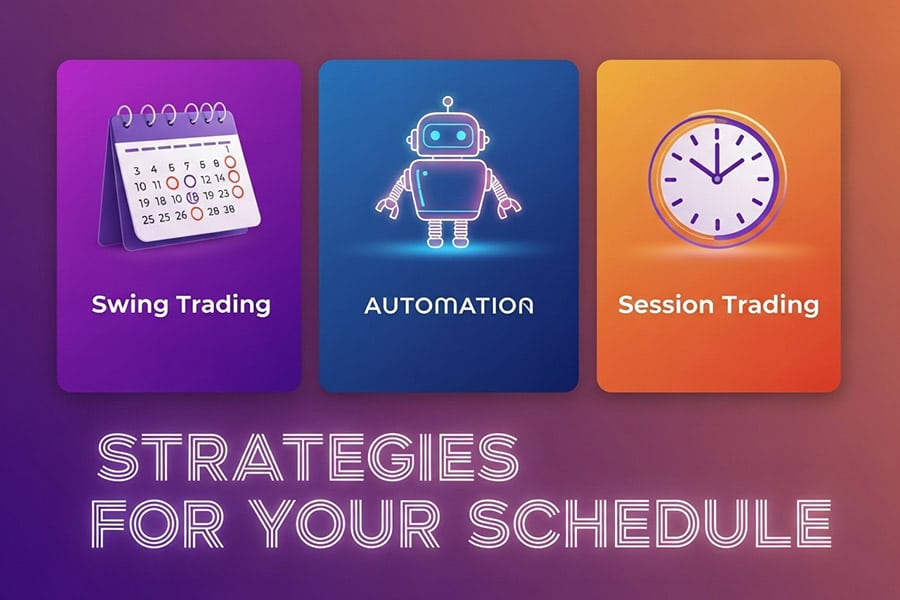
One of the biggest challenges for a part-time trader is time. You can’t be glued to your charts all day when you have a full-time job and other commitments. Therefore, your strategy must fit your lifestyle. Scalping (making many tiny trades in minutes) is generally not feasible. Instead, focus on methods that require less screen time but still capture significant market moves. The strategies below are well-suited for those looking at how to start forex trading part-time.
Strategy 1: Swing Trading
Swing trading is perhaps the most popular style for people treating forex as a side hustle. The core idea is to capture larger “swings” in the market that unfold over several days or even weeks. This “set and forget” approach is ideal for those with limited time. A swing trader might spend a few hours over the weekend doing their analysis and planning potential trades for the week ahead. During the week, they might only need 30-60 minutes a day to manage their open positions and look for new opportunities. Because you are targeting larger price movements, you can place your stop-loss orders further away from your entry, giving your trade room to breathe and avoiding getting stopped out by minor daily fluctuations. The focus is on higher timeframes like the 4-hour and daily charts, which filter out market “noise” and provide clearer signals.
Strategy 2: Automated Trading with EAs
For those who want an even more hands-off approach, automated trading using Expert Advisors (EAs) or “forex robots” can be an option. An EA is a piece of software that you install on your trading platform (like MT4) which automatically executes trades on your behalf based on a pre-programmed set of rules. The “pro” is obvious: once set up, it can trade 24/5 without your intervention, completely free of human emotion. However, this is not a magic bullet. The “con” is that the vast majority of EAs sold online are scams that promise guaranteed profits. A viable EA requires rigorous backtesting and forward testing on a demo account to prove its profitability under various market conditions. Setting it up correctly on a Virtual Private Server (VPS) to ensure it runs uninterrupted is also crucial. This strategy shifts the work from active trading to initial research, testing, and ongoing monitoring.
Strategy 3: Trading Specific High-Volume Sessions
This strategy is about working smarter, not harder. The Forex market’s volatility isn’t consistent throughout the day. It peaks when major financial centers overlap. The most significant of these is the London and New York session overlap, which occurs for about three to four hours each day (roughly 8:00 AM to 12:00 PM New York time). During this window, liquidity and volatility are at their highest, meaning there are more trading opportunities and tighter spreads. For someone with a flexible schedule, dedicating just these few hours to focused trading can be more effective than trying to catch moves randomly throughout the day. You can perform your analysis before the session begins, execute your trades during the high-volume period, and then step away. This approach provides structure and concentrates your efforts when the market offers the most potential.
The Unfiltered Truth About Risks and Losses
We’ve talked about the potential, but a responsible discussion about forex as a side hustle must focus heavily on the risks. This isn’t to scare you, but to prepare you. In my experience, traders who understand and respect the risks from day one are the ones who survive and eventually thrive. Ignoring them is the fastest way to an empty trading account. This section is designed to give you a clear-eyed view of the challenges you will face.
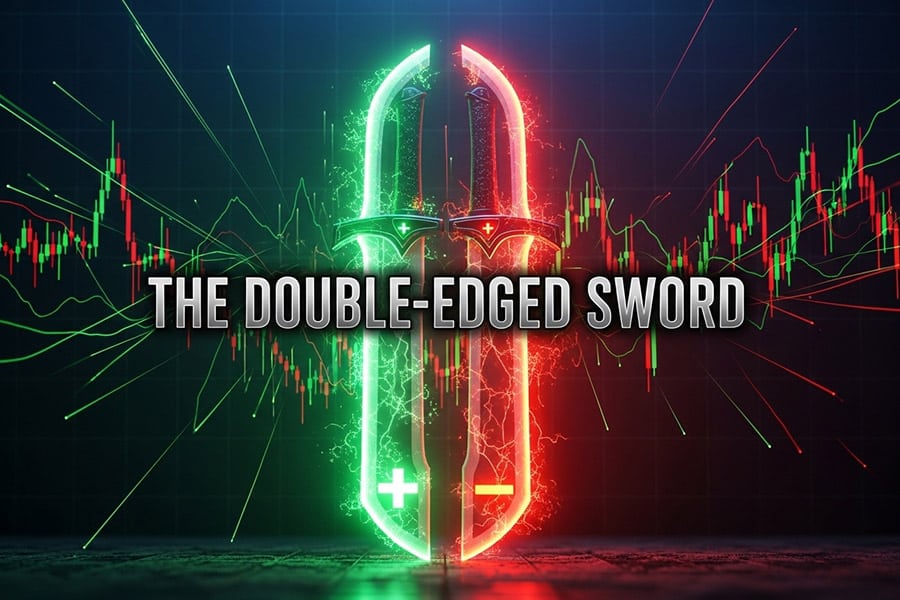
Leverage: The Double-Edged Sword
Leverage is what makes Forex accessible with small capital, but it’s also the number one account killer for beginners. It magnifies everything. Let’s use a stark, simple example. Imagine you have a $500 account and you use 100:1 leverage. This allows you to control a position worth $50,000. If the market moves just 1% in your favor, you make a $500 profit, doubling your account. That sounds amazing, right? But if the market moves just 1% *against* you, you lose $500. Your entire capital is wiped out. A 1% move can happen in minutes, or even seconds, during a news event. This is why the 1-2% risk rule per trade is so vital. It forces you to use leverage responsibly and ensures no single trade can deliver a catastrophic blow.
Market Volatility and Psychological Pressure
The market is a volatile environment, and this creates intense psychological pressure. Two emotions, fear and greed, are your greatest enemies.
- Fear can manifest as “FOMO” (Fear Of Missing Out), causing you to jump into a trade late without a proper signal, or it can cause you to close a good trade too early at the first sign of a small pullback.
- Greed can cause you to over-leverage your account, refuse to take a small loss (hoping it will turn around), or hold onto a winning trade for too long, only to watch it reverse and turn into a loser.
Maintaining emotional discipline is a skill that you must actively cultivate. This is where your trading plan becomes your shield. By committing to follow your pre-defined rules, you protect yourself from making impulsive decisions in the heat of the moment. Acknowledge that you will have losing trades. It’s a non-negotiable part of the business. Professional traders don’t win every trade; they just make more on their winners than they lose on their losers.
How Much Money Do You Need to Start?

This is a common and practical question. Technically, thanks to micro-lot brokers, you can open an account and start trading with as little as $100. However, I would strongly advise against it. While it’s possible, trading with such a small amount makes proper risk management virtually impossible. If you follow the 1% risk rule on a $100 account, you can only risk $1 per trade. This severely limits your trading options and puts you under psychological pressure to break your rules. A more realistic and practical starting capital for a serious forex side hustle is between $500 and $1,000. This amount is small enough that it shouldn’t be life-altering if you lose it (and you should always start with capital you can afford to lose), but it’s large enough to allow you to apply the 1-2% risk rule properly across multiple trades.
Read More: Can Forex Trading Make You Rich?
Forecasting Your Forex Side Hustle Income

This is where we need to be extremely realistic to manage expectations about your potential forex side hustle income. Forget the social media hype of turning $1,000 into $100,000 in a month. It’s not going to happen. In the world of professional money management, consistency is king. For a skilled retail trader who has mastered their strategy and discipline, a consistent monthly return of 3-5% is considered an excellent and sustainable achievement. For a beginner, breaking even in the first six months is a huge success. Instead of thinking in absolute dollar amounts, think in percentages. A 5% return is the same whether your account is $1,000 or $100,000; only the dollar amount changes. This focuses you on the process, not the outcome.
Here’s a table to illustrate how this compounding works and to keep your income goals grounded in reality:
| Account Capital | Realistic Monthly Return (4%) | Potential Monthly Income | Potential Annual Income (Compounded) |
|---|---|---|---|
| $1,000 | 4% | $40 | ~$601 |
| $5,000 | 4% | $200 | ~$3,005 |
| $10,000 | 4% | $400 | ~$6,010 |
As you can see, forex as a side hustle isn’t about replacing your full-time salary overnight. It’s about building an additional income stream that can grow significantly over time through consistent returns and the power of compounding.
Opofinance Services
Choosing the right broker is a critical step in your trading journey. If you’re seeking a regulated and feature-rich environment, consider Opofinance. As an ASIC-regulated broker, it provides a secure framework for your funds. They cater to all levels of traders with a powerful suite of platforms and tools.
- Advanced Trading Platforms: You have the flexibility to trade on industry-standard platforms like MT4 and MT5, or explore advanced options like cTrader and their proprietary OpoTrade platform.
- Innovative AI Tools: Gain a competitive edge by utilizing their cutting-edge AI Market Analyzer for insights, an AI Coach to refine your strategy, and AI-powered support for quick assistance.
- Diverse Trading Options: Explore opportunities beyond traditional forex with their Social Trading and Prop Trading programs.
- Secure & Flexible Transactions: Opofinance ensures safe and convenient deposits and withdrawals, offering a variety of methods including crypto payments, all with zero fees from their end.
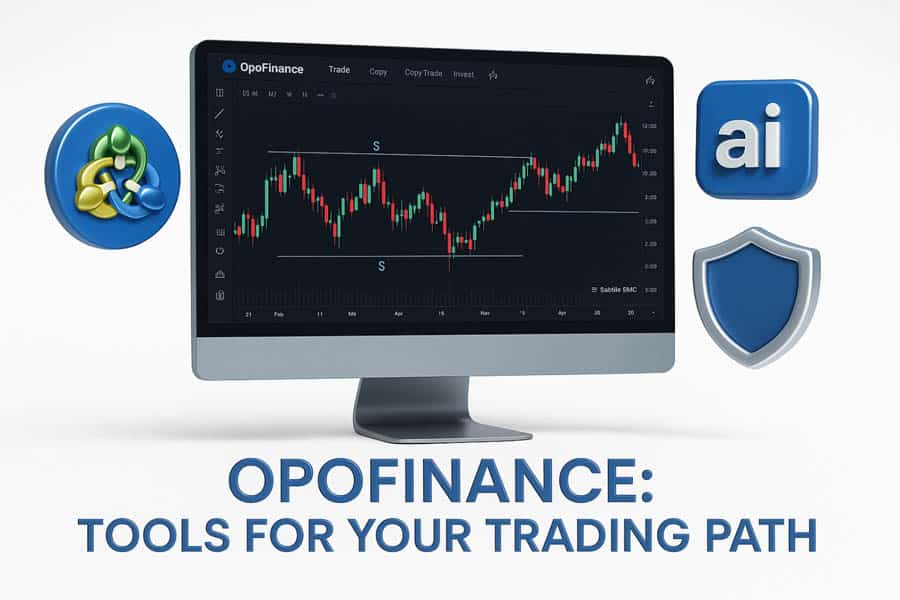
Explore what a modern, technology-driven broker can offer your trading side hustle. Discover more at Opofinance today.
Final Verdict: Is Forex the Right Side Hustle For You?
After everything we’ve covered, the answer should be clearer. forex as a side hustle is a legitimate and potentially very rewarding path, but it is unequivocally not for everyone. It is a high-performance activity that demands the same seriousness as starting any other business. It’s for the individual who is a lifelong learner, who is disciplined, patient, and who understands that sustainable success is built on a foundation of sound risk management, not on luck. For those willing to put in the time and effort, it offers unparalleled flexibility and scalability. For those looking for a quick and easy payday, it will almost certainly be a quick way to lose money and a source of major frustration.
Quick Checklist: You’re Ready to Try Forex if…
- You are willing to dedicate 5-10 hours a week to education and practice.
- You have starting capital (ideally $500+) that you can afford to lose entirely.
- You are a patient person who can follow a plan without emotional, impulsive decisions.
- You see this as a long-term skill to be developed, not a short-term gamble.
- You are analytical and enjoy the process of forming a strategy and testing it.
Can you get rich by trading Forex?
While it’s theoretically possible, it’s extremely rare. It’s more realistic to view Forex as a way to generate a supplementary income stream or grow capital over the long term. Focusing on “getting rich quick” often leads to reckless trading and losses.
How many hours a day do I need for a forex side hustle?
This depends on your strategy. A swing trader might only need 1 hour per day, while a session trader might focus an intense 2-3 hours during a market overlap. The key is consistency, not total hours.
Is Forex trading better than stock trading for a side hustle?
Neither is inherently “better”; they are just different. Forex offers higher leverage and 24-hour access, which can be advantageous for a side hustle. Stocks may be simpler for absolute beginners to understand and involve less leverage, which can be safer.
Do I need to pay taxes on Forex profits?
Yes. In most countries, profits from Forex trading are considered taxable income. The specific tax rules (e.g., whether it’s capital gains or income tax) vary by location. It is crucial to consult with a local tax professional.
What is the best currency pair to trade for beginners?
Beginners should stick to major pairs due to their high liquidity and lower volatility compared to exotic pairs. The EUR/USD is the most commonly recommended starting point as it has the tightest spreads and generally predictable behavior.






